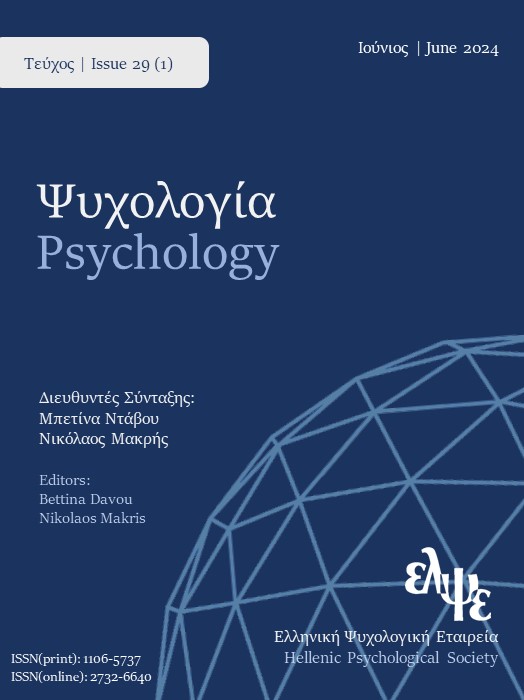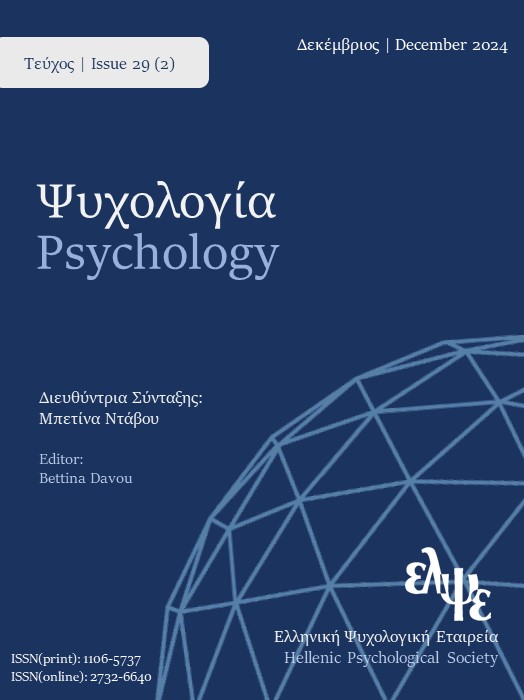Translation and psychometric evaluation of the Greek version of the Body Image Guilt and Shame Scale

Abstract
This study examined the psychometric properties of the Greek version of the Body Image Guilt and Shame Scale (BIGSS) in a community sample (N = 2867) of both genders. A set of questionnaires was administered. It included demographic data, Body Mass Index, the Body Image Guilt and Shame Scale (BIGSS), the Body Appreciation Scale, the Other as Shamer and the Experience of Shame Scale. The best solution for the BIGSS (according to exploratory factor analysis) supported a two-factor structure, similar to that found in the original validation. These two factors reflect body guilt and body shame. One more factor was derived, which corresponds to no body image guilt and shame, and its items serve as fillers in the 15 scenarios of the BIGSS. Cronbach’s α value was .90 for Body Image Shame and .85 for the Body Image Guilt subscales. There was a significant positive correlation of both the Body Image Guilt and the Body Image Shame subscales with the Other as Shamer and the Experience of Shame Scale and a negative one with the Body Appreciation Scale. Gender and BMI significantly predicted the score on the Body Image Guilt and the Body Image Shame subscales and age on the Body Image Guilt subscale. In conclusion, the Greek version of the BIGSS has adequate internal consistency, reliability and construct validity, and it is suitable for research and clinical use.
Article Details
- How to Cite
-
Togas, C., & Alexias, G. (2022). Translation and psychometric evaluation of the Greek version of the Body Image Guilt and Shame Scale. Psychology: The Journal of the Hellenic Psychological Society, 27(1), 194–209. https://doi.org/10.12681/psyhps.25900
- Section
- RESEARCH PAPERS

This work is licensed under a Creative Commons Attribution-ShareAlike 4.0 International License.
The journal PSYCHOLOGY adopts a Platinum open-access policy. Submission, processing or publication costs are waived by the Hellenic Psychological Society. Papers published in the journal PSYCHOLOGY are licensed under a 'Creative Commons Attribution-ShareAlike 4.0 International' licence. The authors reserve the copyright of their work and grant the journal the right of its first publication. Third-party licensees are allowed to use the published paper immediately after publication as they wish, provided they retain the defined by the license copyright formalities, regarding the reference to its author(s) and its initial publication in the journal PSYCHOLOGY. Moreover, any adjusted work should be shared under the same reuse rights, so with the same CC license.




